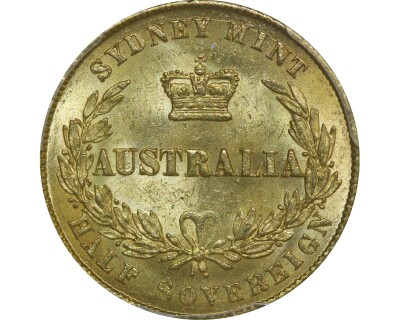Pre-Decimal Silver Coins of Edward VII (1910)
Florin
The largest denomination produced in 1910 was the florin. The 1910 Florin was both a single year issue due to Edward VII's death and the first year of Australian coinage. This made it a very popular issue but unlike the other 1910 denominations, it isn't readily available in mint-state and while available in circulation grades, it is still difficult to source at a good price. Although the high denomination of the Florin ensured that it did not see as much circulation as the other denominations, only a single 40 mint-state horde was found. It would seem unlikely that more than 100 mint state examples have survived despite the mintage of 1,259,250.
The first batch of 1910 coins, which included threepence, sixpence and florins, arrived in Sydney in October 1910 (Cruzi's Coins, 2005) . This would seem to explain the similar surface characteristics between those three denominations, while the shillings tended have more surface hairlines averaging at MS62 to MS63. Due to their size, the florins do tend to have heavier bagmarks which preclude higher grades. The first 112 coins issued by the Commonwealth of Australia were reserved as specimens or presentation pieces (Noble Numismatics, 2000) , many being found with a presentation box though other than provenance or accompanying material (such as presentation box or letters) there is little that can be used to differentiate them from normal circulation strikes. Without such evidence, they are generally sold as circulation issues although the superior strike and surfaces would no doubt command premiums for the coins anyhow.









